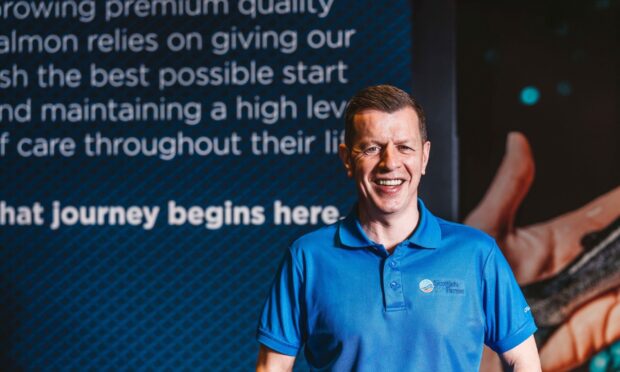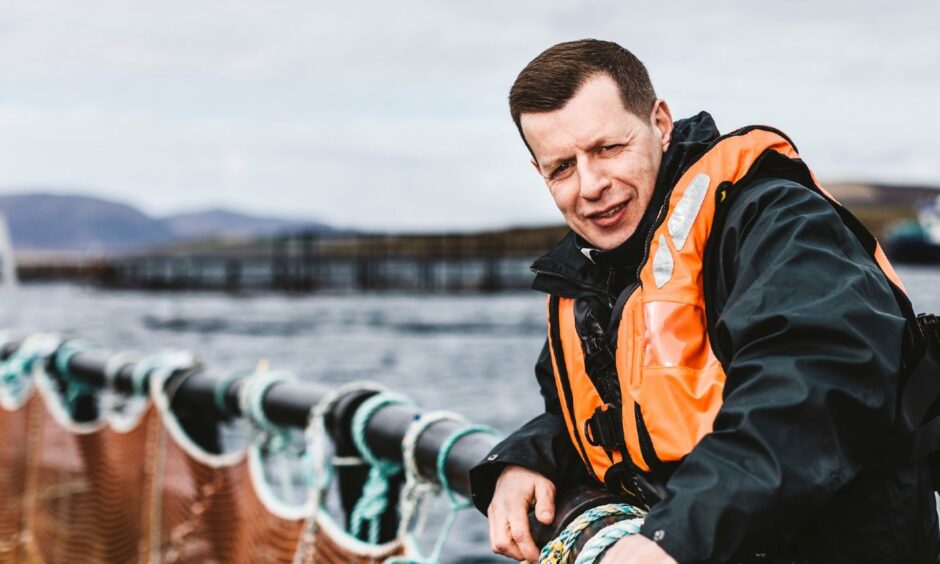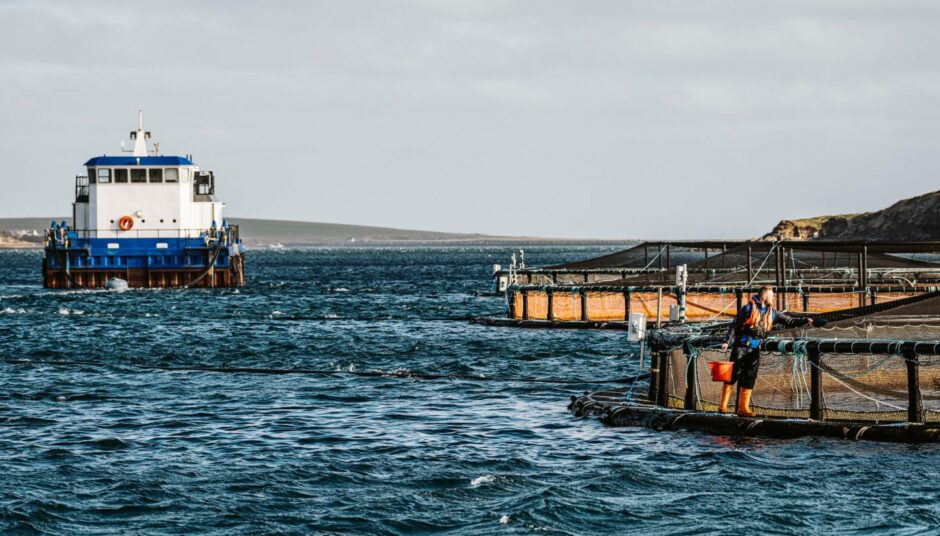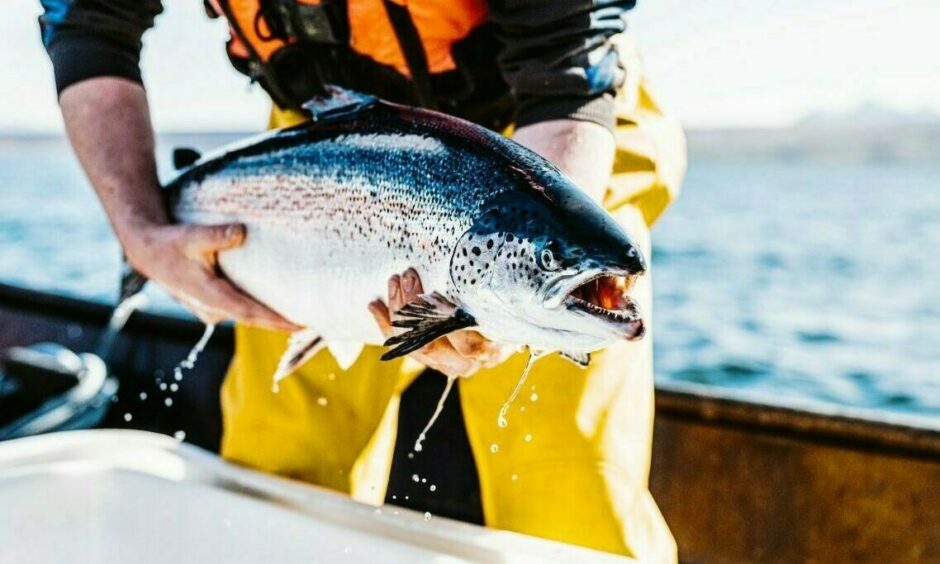Scottish Sea Farms is urgently calling for a root and branch reappraisal of regulations for the industry formed from “robust, science-based understanding.”
The salmon producer with farms across Shetland, Orkney and north-west Scotland says the lack of regulatory understanding is holding back the sector.
Managing director Jim Gallagher who recently celebrated 25 years with Scottish Sea Farms, 21 of those at the helm, pointed to the understanding gap and how other countries had been quick to recognise the benefits of the sector.
‘Salmon farming faces the same challenges’
He said: “We lack a proportionate, balanced regulatory regime. I’m not referring simply to Norway and Chile, which have long been the leaders in terms of harvest volumes, but also to the likes of the Faroes and Iceland which are amongst the fastest growing globally.
“In each of these countries, salmon farming faces the same challenges as in Scotland in terms of the complexity of the species and the changing environment, yet it is recognised as a sustainable form of food production and as such, is supported at a political and regulatory level.
“Here in Scotland, the rhetoric from government has been encouraging but the practical delivery has still to follow.
“In the interim, demand for farmed salmon has grown dramatically. So too have global volumes, with 2.9 million tonnes now produced annually – that’s more than double the tonnage since I first started. Yet Scotland’s market share has fallen, dropping from 10% to 6% during the last decade alone.”
Mr Gallagher is determined to reverse the trend however.
Every pound of profit made by Scottish Sea Farms has been reinvested in the company”
Scottish Sea Farms MD Jim Gallagher
He added: “Give us the right regulatory framework and we will step up and deliver. We have a proven track record of finding solutions to challenges: new vaccines, novel feed ingredients, high-tech environmental monitoring, multi-million-pound recirculating aquaculture technology, to name a few.
“Advances we couldn’t have imagined when I joined the sector 25 years ago.
“Just as importantly, we have funded these advances ourselves, with every pound of profit made by Scottish Sea Farms having been reinvested in the company and next to no funding required from the public purse.”
Why the need for regulatory overhaul?
Mr Gallagher notes “to really gather pace and fulfil our potential” there needs to be a regulatory framework that is open to trialling new approaches and solutions, a framework that is “both evidence-based, to help build trust and confidence and enables innovation.”
Scottish Sea Farms insists with a growing global population it has “a responsibility” to produce salmon, which is also a significant job creator for Scotland with a major supply chain spend and export potential.
Mr Gallagher noted: “Factor in job creation, supply-chain spend, support for local communities and export revenue, and however you look at it, salmon farming is good news for Scotland.
“But it could and should be even more so.”
Salmon farming is not without its critics, however, with organisations such as Inside Scottish Salmon Feedlots (ISSF) previously pressing for sea lice, fish welfare, mortality and sewage issues to be addressed.
Last year ISSF claimed the amount of sea lice in the water had increased “dramatically” and called for change.
Salmon Scotland insists fish farm sea-lice numbers are among their lowest levels since records started.
To improve overall customer education Scottish Sea Farms welcomed a record number of visitors to its sites in 2022, including its freshwater hatchery in Barcaldine, near Oban, marine farms and processing facilities.
In many cases, individuals and organisations approached Scottish Sea Farms directly, while others were introduced to the company by Salmon Scotland.
Scottish Sea Farms: Regulation needed
Mr Gallagher said: “Just as we have grown clearer on the need for sustainable food production, so too we have learned the importance of open, honest dialogue.
“We are more transparent in our reporting than any other farming sector, yet we are the least well understood. We also have one of the lowest carbon footprints of all the protein-producing sectors, yet it’s the least well recognised.
“To reverse this, we need to invest the time in inviting more people into our business – whether that’s to a farm, facility, or round-table discussion – so that they can see for themselves the care, consideration and commitment being put in.
“Keeping lines of communication open is the single most effective way to bring about the changes we so desperately need: better understanding of our sector, greater recognition of our low carbon credentials, and more balanced, proportionate regulation and policy making.
“Achieve those and the benefits both to Scotland’s blue economy and the green agenda will be huge.”




Conversation